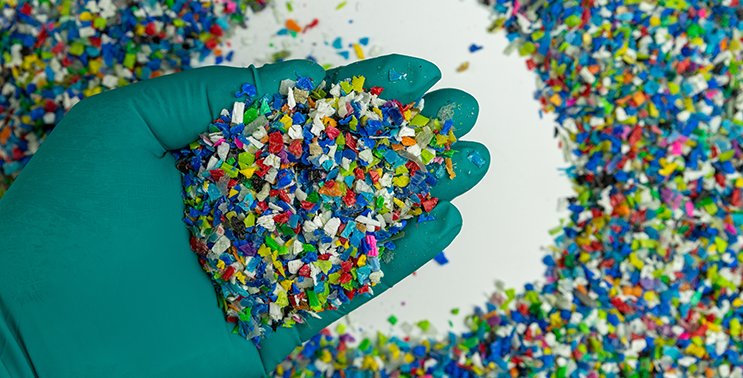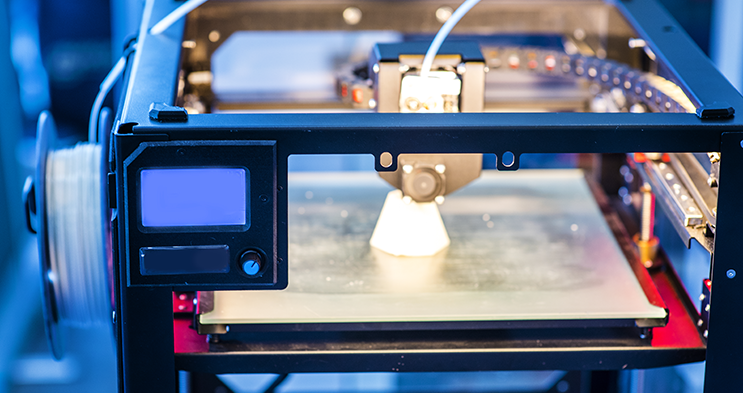September 10th, 2024
Injection molding has been a cornerstone in manufacturing for years, offering precision, effectiveness and scalability to a variety of businesses. As industries demand more complex designs, sustainable practices and cost-effective solutions, injection molding has responded with groundbreaking innovations. Below we will explore the latest advancements revolutionizing this sector, from new substances and processes to automation and green initiatives.
Advanced Materials and Composites
Biodegradable Polymers
While environmental concerns stay at the forefront of businesses, the call for eco-friendly supplies has surged. For this reason, biodegradable polymers derived from renewable resources have gained traction. These components offer the durability and flexibility of traditional plastics without the long-term ecological impact. Polylactic acid (PLA), polyhydroxyalkanoates (PHA) and other bio-based resins are now commonly utilized, allowing manufacturers to produce responsible products that decompose naturally.
Nanocomposites
New technology has made possible the development of nanocomposites – materials enhanced with nanoparticles – to improve mechanical attributes. These mixtures offer superior strength, thermal stability and barrier properties, making them ideal for high-performance applications. Nanocomposites have been notably beneficial in the aerospace and automotive industries where carbon nanotube-reinforced polymers are being used for lightweight, strong parts.
Recycled Materials
The push for circular economies has led to innovations in sourcing recycled materials in injection molding. Advanced sorting and cleaning methods have improved the value of repurposed polymers, generating their usage in high-grade applications. Companies are initiating closed-loop systems where products are collected, refurbished and re-molded, to reduce waste and conserve resources.

Process Innovations
Micro Injection Molding
As electronic devices become smaller, the demand for miniature components has also escalated. For this reason, micro injection molding (a process that produces intricately detailed small parts) has progressed significantly. Modernization in mold design, machine accuracy and material handling led to the production of these scaled-down elements with tight tolerances, crucial for medical device and microelectronics items.
Multi-Material and Overmolding
The capability to integrate different matter in a single mold has revolutionized design. Multi-material injection molding – including practices like overmolding and insert molding – allows for the incorporation of hard and soft viscosity, to create complex, multi-utal parts. This innovation is widely used in consumer electronics, automotive interiors and medical devices and contributes to enhanced utilization and aesthetic appeal.
3D Printing and Hybrid Manufacturing
The incorporation of 3D printing with injection molding has opened new possibilities for prototyping and small-batch production. 3D printed molds and inserts allow for rapid design customization, reducing lead times and costs. Hybrid manufacturing, combining additive manufacturing with traditional molding, enables the production of parts with complex geometries that are challenging to achieve with conventional methods alone.

Automation and Digitalization
Industry 4.0 and Smart Factories
The fourth industrial revolution, or Industry 4.0, has introduced smart factories where automation, data exchange and intelligent systems optimize processes. Advanced sensors and IoT devices monitor machine performance, material flow and product quality in real time. This data-driven approach enables predictive maintenance, reduced downtime and improved efficiency.
Artificial Intelligence and Machine Learning
Artificial intelligence (AI) and machine learning are transforming quality control and process optimization in injection molding. AI algorithms analyze statistics to detect patterns and anomalies, often predicting defects before they occur. Machine learning models boost quality and uniformity by monitoring procedural parameters such as temperature, pressure and cooling time.
Robotics and Automation
Robotic automation has also become important to injection molding, streamlining tasks like part removal, assembly and packaging. Collaborative robots, or cobots, work alongside human operators, elevating productivity and safety. Automated setups give way to lights-out manufacturing, where production runs continuously without human intervention, maximizing proficiency.
Sustainability and Energy Efficiency
Energy-Efficient Machines
The drive towards sustainability has also led to the modernization of energy-efficient injection molding machines. Innovations in servo motors, variable frequency drives and hybrid systems have significantly lessened energy consumption. These advancements not only lower operational expenses but also ease the overall carbon footprint.
Waterless Cooling Systems
Traditional injection molding techniques rely heavily on water for cooling. However, waterless cooling systems, using air or alternative fluids, are gaining popularity. This conscientious breakthrough helps reduce water consumption and contamination risks. It offers a solution that aligns closely with sustainability goals.
In conclusion, innovation in commercial injection molding is driven by technological advancements, ecologically sound enterprises and the need for efficiency. From the use of new materials and composite technologies to the introduction of AI, automation and digitalization, the industry is poised for a future where precision, excellence and conservation are paramount. As these transformations continue to evolve, they will redefine manufacturing processes, presenting new opportunities and challenges for businesses and engineers alike.
Here at Slide, we understand that the journey of futuristic improvements in injection molding is far from over. Therefore, we are doing our part in adapting to change and staying up to date with new products and procedures. We are proud to be industry leaders by setting new benchmarks for what is possible in the years to come.




